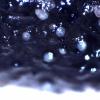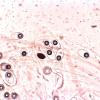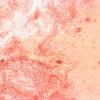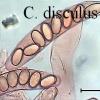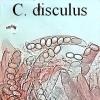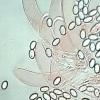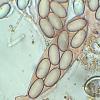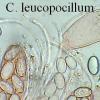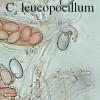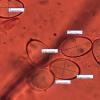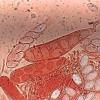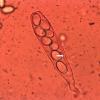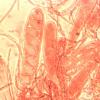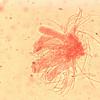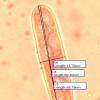
21-12-2025 09:32
Hello.A tiny ascomycete found embedded in wood in

22-12-2025 00:47
Patrice TANCHAUDBonsoir, récolte à proximité du milieu dunaire

21-12-2025 21:32
Pol DebaenstHello, Garden, Burgweg 19, Veurne, BelgiumOn 10/1

21-12-2025 21:40
Isabelle CharissouBonjour, j'aimerais connaitre les références de

21-12-2025 21:31
Pol DebaenstHello, Garden, Burgweg 19, Veurne, BelgiumOn 10/1

21-12-2025 21:31
Pol DebaenstHello, Garden, Burgweg 19, Veurne, BelgiumOn 10/1

20-12-2025 23:08
Patrice TANCHAUDBonsoir, récolte sur sol sablonneux dans l'arri�

20-12-2025 15:47
Mirek GrycHi.These grew on pine wood that was heavily covere
This keyed out to Coprotus disculus.
Is this a possiblity?
Thanks
Mal

IL is sometimes difficult to separate certain species of Coprotus. C.disculus generally has more cylindrical asci, but it can also have more clavé asci and spores biseriate as part of your photo. It often takes several copies observe to get a better idea. If you happen to watch the top paraphyses you may be also notice if they are slightly uncinate.
Michel.
Thanks for your thoughts. With a bit more study I have found some more cylindrical asci but most are much more clavate. The more mature asci are also longer with 95µ being the norm.
Some of the paraphyses are straight and some slightly bent but I don't think I would call them uncinate.
The spores are still slightly small for C leucopocillum at 13.5-13.7 but I think that is the most likely identification.
Mal
Ps the final photo should the length of the ascus be measured to the septa where the base starts or to include the base?

Michel.
Thanks Michel.
Mal

